When I first went gluten-free, I had a really hard time figuring out a good flour substitute. Everything in the gluten-free section – and even a lot of the stuff I baked myself – was dry and brittle – sort of like cardboard. The odd flavors of gluten-free stuff left a lot to be desired, too. I mean, you can’t really expect cookies to taste sweet and delicous when you’re making them with chickpea flour, can you?
When I went Paleo after I realized my body didn’t tolerate grains or legumes at all, a lot of the gluten-free flours were off the table anyway. Rice flour, chickpea flour, corn flour, and a bunch of other ones I’ve suppressed. So I started baking with almond flour.
Much better!!
Almond flour baked goods are light and slightly stretchy with a sweet, nutty flavor. They’re delicious – even better in many cases than their gluten-ous counterparts. But I soon realized I had a nut sensitivity. Nuts give me really bad intestinal cramps and joint pain, so we had to break up.
That’s when I found the best gluten-free flour alternative: tapioca flour.
Why I Eat Tapioca Flour
I eat tapioca because it’s gluten-free and it’s not a grain, neither of which my body tolerates. It doesn’t have any anti-nutrients that grains contain, and I’m personally not sensitive to it, so it’s totally healthy for me.
The flavor? Well, there’s not really a flavor at all, so it’s sort of like a sponge: it picks up whatever flavors you add to it.
The consistency? It’s stretchy, as if it had gluten in it. That’s why I cut it with coconut flour when I’m not in a stretchy mood. When it’s combined with coconut flour (or sweet potato flour or almond flour), it counteracts any dry, brittle consistency of the other flour and makes a light, fluffy, moist baked good that doesn’t fall apart in your hands.
I would be lying to you if I said it offered much in the way of nutrients to your diet besides carbohydrates. It’s a pleasure food. It’s an energy food for active people who can’t seem to get enough carbohydrates on a grain and gluten free diet from fruits and veggies. Ok, so let’s break this down into more basic information. If you choose to try tapioca, here’s a little background on it.
What Is Tapioca?
Tapioca comes in many forms and has many names.
Tapioca Pearls
What you’ve probably conjured in your mind is the tapioca pudding that your grandmother used to make – super sweet, really sticky little balls. Well, it does come in ball form, or in “pearl” form and that’s what’s used to make tapioca pudding.
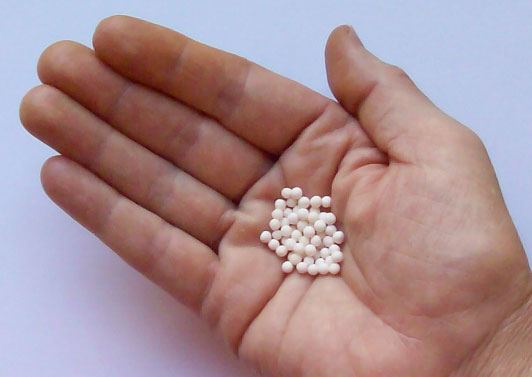
Those pearls are also the “boba” or “bubble” in your boba or bubble tea at coffee shops.
Tapioca Flour
But you can also buy it as flour, and that’s what I’m talking about when I say tapioca. This is the only kind of tapioca I use because it’s easy to make into any baked good. In fact, I don’t eat nuts or seeds, so I can’t eat almond flour. Instead of almond flour, I use a combination of tapioca flour and coconut flour (or in the case of this recipe, just tapioca flour) to make doughy, fluffy muffins, cookies, breads, and cakes.
Tapioca’s Origins
Tapioca, also known as cassava, cassada, cassaba, yuca (not to be confused with yucca), akpu, kabba, and mushu, among many other things, is the starch of the root of a woody shrub in the spurge family.
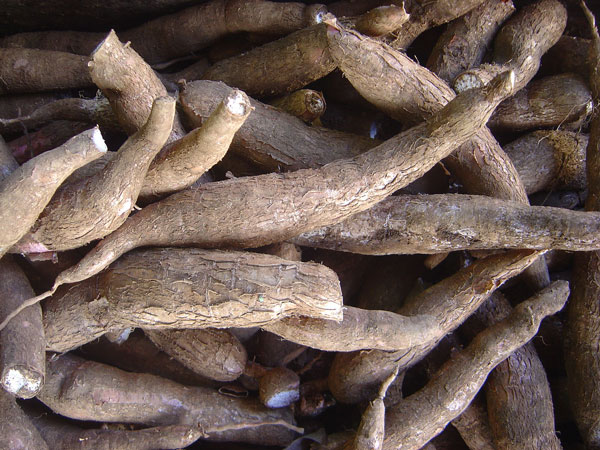
It’s the third largest source of carbohydrates in the WORLD. That’s why it has so many names – it’s found in all parts of the world, but is native to South America. It’s a fantastic source of food, but only if it’s processed appropriately. If you just sit down and eat a raw cassava root, there’s a good chance you’ll get cyanide poisoning and die, so don’t do it. Leave it up to the pros to soak, ferment or cook it and then put it in a tidy package for you before you eat it.
So what do you do with the stuff?
My personal favorite thing to do is make crepes. Banana crepes, pumpkin crepes, plain crepes – you could really do any flavor of crepe you wanted with these things – savory or sweet. I created a post called “My Favorite Bread Alternative” with my Banana Tapioca Crepe recipe and my Plain Tapioca Crepe recipe in it. Check it out if you’re interested.
Other than that, when I bake cookies, muffins, any sort of bread, cupcakes, pies, or anything, I use some combination of tapioca flour and coconut flour. Usually it ends up being one half tapioca and one half coconut, going a little heavier on the tapioca.
And since basically the rest of the world uses it for all their baked goods, if you google “tapioca recipes” you’ll get 1,460,000 results, so you should be able to find something in there that you like!
Have fun with it!



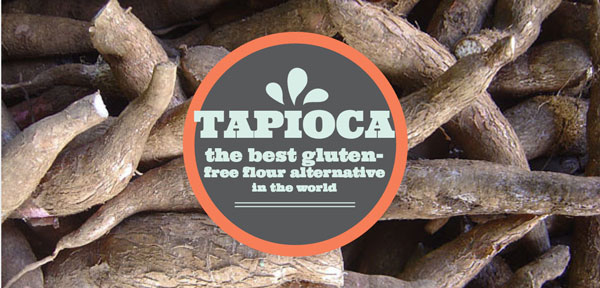
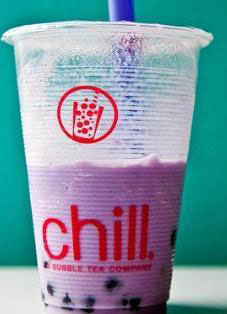
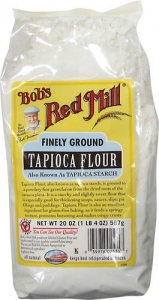






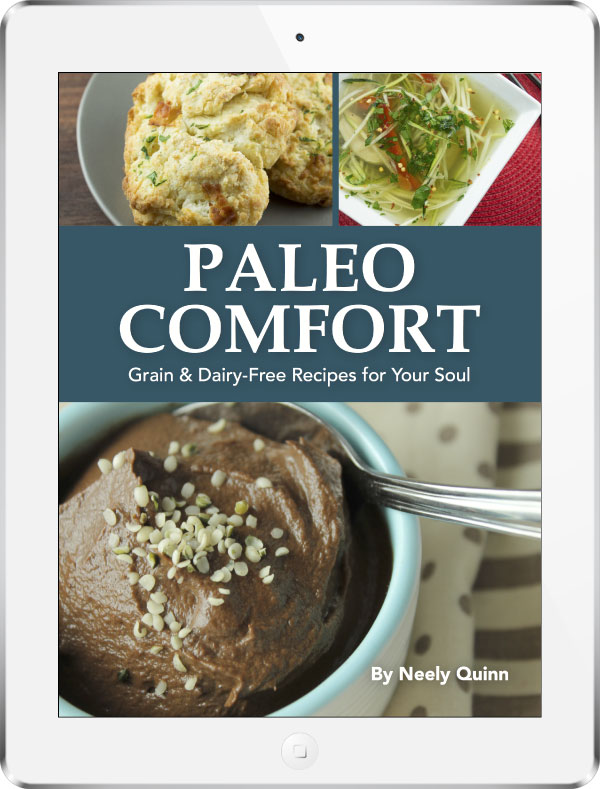

Where are your recipes?
Judy – Thanks for your interest! This site is relatively new, so I’m posting them as I make them. My cookbook will be available by about May, though!
Okay I understand that I can substitute tapioca flour for any recipe calling for almond flour. My food sensitivities for eggs are off the chart. Are there any substitutes for eggs? I would love to be able to make bread or crepes. What do I do about the eggs? Thank you
Hi Neely,
I am looking for an accredited school, in order to become a nutrition therapist like yourself. Nutrition Therapy Institute in Colorado looks interesting, but I did not find anything on the website that shows accreditation. Please correct me if I am wrong.
Hi Catherine – I can’t really speak to their accreditation status – I have no affiliation with that school. There are many schools out there like Bastyr, Bauman College, and others. I’ll write a blog post on this soon!
Thank you for this post. I heard you mention tapioca flour in the weight loss seminar and went out and bought a package but then thought, now what? I’m apprehensive when it comes to experimenting in baking but this made tapioca sound positive so I am going to try it in a muffin recipe.
I’ve been cooking a lot with Coconut Flour and Almond Flour. I hadn’t heard much about tapioca flour. Why Tapioca and not just coconut?
Thanks for all of your hard work and great information!
Casey
Casey – Great question! So if I had my druthers, I would honestly just bake with almond flour because it has an amazing consistency. But I don’t eat nuts, so I can’t. I’ve experimented with using just coconut flour, and because it’s so dense and absorbent, the end product always ends up being extremely dry and chalky. So cutting it with tapioca flour, which has a really stretchy, glutenous consistency, makes the world a better place
What a great sounding alternative! Will it work well sweetened with Stevia? I’d never heard of either coconut or tapioca flour.